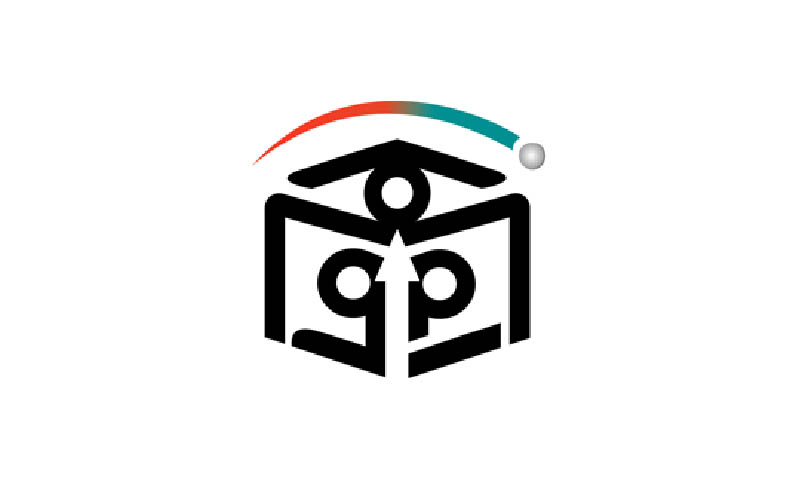

Sanofi, Biologics Drug Product Development & Manufacturing R&D, Vitry-sur-Seine /
Univ. Grenoble Alpes, CNRS, Grenoble INP, LMGP, IMBM
Abstract
Monoclonal antibodies (mAbs) have emerged as powerful therapeutic molecules for the treatment of a wide range of diseases (e.g., oncology and autoimmune disorders)1. Therapeutic proteins are exposed to different interfaces during production, manufacturing, storage, and clinical administration2. Given their amphiphilic nature, surface interactions can result in protein adsorption at interfaces3, leading potentially to undesirable protein aggregates in solution. To ensure stability, safety, and clinical effectiveness of mAb-based products, excipients are incorporated into the mAb formulations, such as surfactants, which can reduce mAb-surface interactions1,3.
Today, in-use studies to assess the suitability of representative materials in direct contact with drug products4 are essentially focused on analytical protocols to measure mAb integrity in solution. There is a crucial need for techniques enabling the study of mAb adsorption directly on surfaces of interest in order to enrich material-protein compatibility investigations — a critical aspect in pharmaceutical research. Using model surfaces, we recently demonstrated that surfactant protection efficacy to prevent mAb adsorption depends on the surface chemistry5. However, real medical surfaces, like perfusion bags for example, have characteristics that are poorly represented by the plastics of model 96-well plates. Indeed, they exhibit different chemical compositions and physical characteristics (e.g., flexibility) and are subject to sterilization processes and biocompatibility requirements6, which do not apply to commercial laboratory containers.
In this PhD, we have designed and optimised a device coupled with an ELISA-based readout to quantify, for the first time, mAb adsorption directly on medical plastic surfaces. This allowed a comparative analysis across different model and medical surfaces, using three surfactants (PS80, PS20 and P188) and different modalities of mAbs, such as an Antibody-Drug Conjugate (ADC), which combines a mAb with a cytotoxic (cell-killing) drug. We show that the adsorption behaviour of mAbs and surfactants on model surfaces may not reflect the performance on real medical surfaces, even for similar surface composition. This exhaustive study allows to pinpoint differences in surfactant-mAb-container combinations that can guide formulation optimisation while addressing, at the same time, material compatibility. Moreover, we propose a calibration method to determine the amount of adsorbed mAb per surface area. Finally, to enhance the understanding of mAbs and surfactants adsorption on plastic containers, we have investigated the surface characteristics of both model and medical containers.
Overall, the novel ELISA-based device, characterized by its high-throughput and rapid approach, opens the way to study the phenomenon of mAb adsorption at the solid/liquid interface directly on medical surfaces. By gaining deeper insights into mAb adsorption, surfactant impact, and material characteristics, we are paving the way for strategies to mitigate undesirable adsorption phenomena, potentially enhancing mAb stability and efficacy in medical applications.
References
1. Mieczkowski CA. The Evolution of Commercial Antibody Formulations. J Pharm Sci. 2023;112(7):1801-1810. doi:10.1016/j.xphs.2023.03.026
2. Pinholt C, Hartvig RA, Medlicott NJ, Jorgensen L. The importance of interfaces in protein drug delivery - Why is protein adsorption of interest in pharmaceutical formulations? Expert Opin Drug Deliv. 2011;8(7):949-964. doi:10.1517/17425247.2011.577062
3. Kanthe AD, Carnovale MR, Katz JS, et al. Differential Surface Adsorption Phenomena for Conventional and Novel Surfactants Correlates with Changes in Interfacial mAb Stabilization. Published online 2022. doi:10.1021/acs.molpharmaceut.2c00152
4. Blümel M, Liu J, de Jong I, et al. Current Industry Best Practice on in-use Stability and Compatibility Studies for Biological Products. J Pharm Sci. 2023;112(9):2332-2346. doi:10.1016/j.xphs.2023.05.002
5. Lefebvre G, Maze A, Alvarez-Palencia Jimenez R, et al. Surfactant Protection Efficacy at Surfaces Varies with the Nature of Hydrophobic Materials. Pharm Res. 2021;38(12):2157-2166. doi:10.1007/s11095-021-03133-6
6. Cuadros-Rodríguez L, Lazúen-Muros M, Ruiz-Samblás C, Navas-Iglesias N. Leachables from plastic materials in contact with drugs. State of the art and review of current analytical approaches. Int J Pharm. 2020;583(December 2019):119332. doi:10.1016/j.ijpharm.2020.119332
Short Bio/CV
Rosa is a CIFRE PhD student in a collaborative project between Sanofi (Paris) and LMGP (Grenoble). Her research focuses on the investigation of therapeutic proteins adsorption at the solid/liquid interface onto material surfaces.
She graduated in Chemical Engineering at the University of Salamanca (Spain) and spent one academic year at the University of the West of Scotland (UK) with an Erasmus+ Scholarship. Later, she completed an International Master's in BioHealth Engineering at the University of Grenoble (France). Throughout her academic journey, she conducted various research internships in biochemistry and microbiology, at the Institute of Functional Biology and Genomics (IBFG), with a Grant for Young Researchers; and at Institute of Structural Biology (IBS) in Grenoble.
Partenaires



